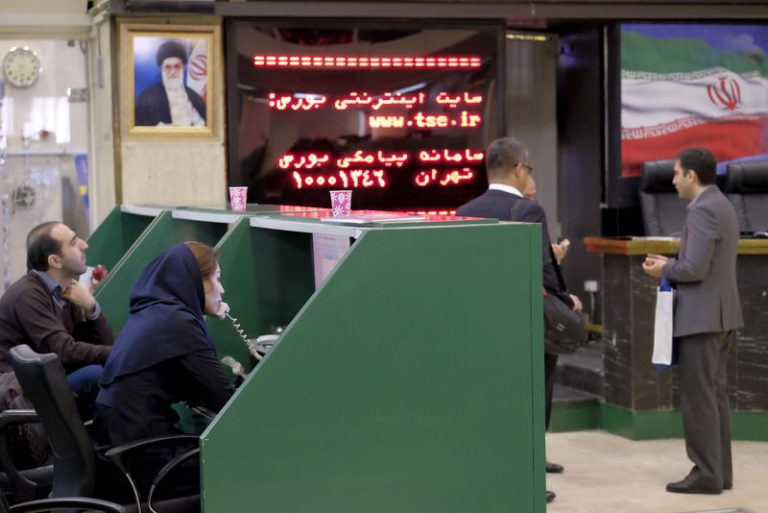Investing.com — The Tehran Stock Exchange’s recent climb to an all-time high has drawn attention, serving as a striking reflection of global market dynamics in an era defined by liquidity-driven rallies and unconventional investor strategies.
Analysts at BofA Securities described the milestone as indicative of increasingly “frothy” conditions in financial markets, a term that underscores concerns over speculative behavior and stretched valuations across the globe.
The Iranian market’s ascent comes amidst a backdrop of volatile geopolitical tensions, persistent global inflation, and uneven economic recoveries following the pandemic. This performance is noteworthy for several reasons.
First, it flags the appeal of emerging and frontier markets, which often operate on the periphery of mainstream global finance yet offer potentially outsized returns.
Second, it signals how shifts in local policies, such as monetary easing or structural reforms, can attract a surge of speculative capital, even in economies facing external sanctions and domestic challenges.
Market participants have speculated that the Tehran Stock Exchange’s rally may be driven by domestic investors seeking refuge from a weakening rial, Iran’s currency, as well as by commodity-linked assets buoyed by fluctuations in oil prices.
With Iran being a major oil producer, global energy price trends may have amplified the valuation of energy and related sectors listed on the exchange.
However, BofA Securities analysts caution against interpreting such spikes as indicators of enduring economic strength. Instead, they suggest these gains might reflect speculative bubbles fueled by short-term liquidity and investor herd behavior.
This rally also illustrates a broader trend in global finance where unconventional markets are outperforming amid record liquidity levels.
As major economies wrestle with tighter monetary policies to rein in inflation, capital has increasingly flowed into high-risk, high-reward markets.
The trend reveals a deeper appetite for diversification as traditional asset classes, such as bonds and equities in developed economies, face yield compression and muted growth expectations.
For Iran, the all-time high raises critical questions about sustainability. Despite the market’s momentum, structural weaknesses in the Iranian economy—such as reliance on oil exports, exposure to sanctions, and limited integration with global financial systems—could pose significant risks to investors.
Additionally, speculative rallies often exacerbate wealth inequality, as gains are typically concentrated among asset owners.
From a geopolitical perspective, Tehran’s market rally is a reminder of how localized economic movements can diverge from broader macroeconomic and political contexts. It also reflects how financial markets often operate independently of underlying economic fundamentals, particularly in environments of excess liquidity.
The Tehran Stock Exchange’s record high, while a headline-grabber, is also a microcosm of larger global trends. It underscores a world in which investors are increasingly willing to chase returns in less conventional markets, often driven by liquidity, risk appetite, and optimism about isolated growth stories.
However, as BofA Securities analysts warn, such frothy conditions often precede corrections, serving as a cautionary tale for those lured by the promise of quick gains without fully considering the underlying risks.

